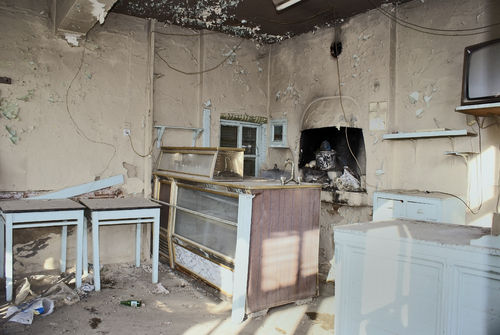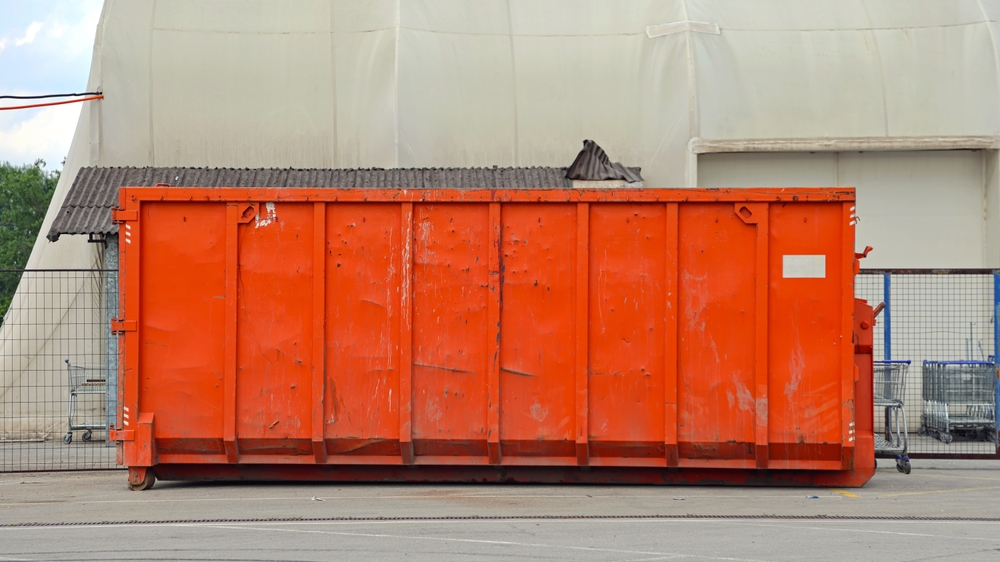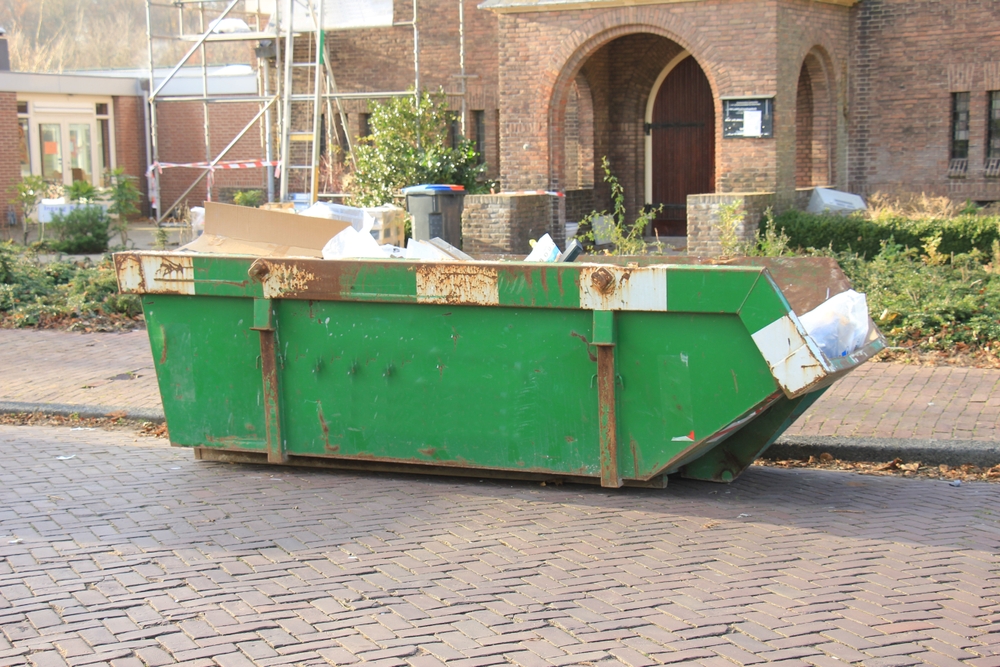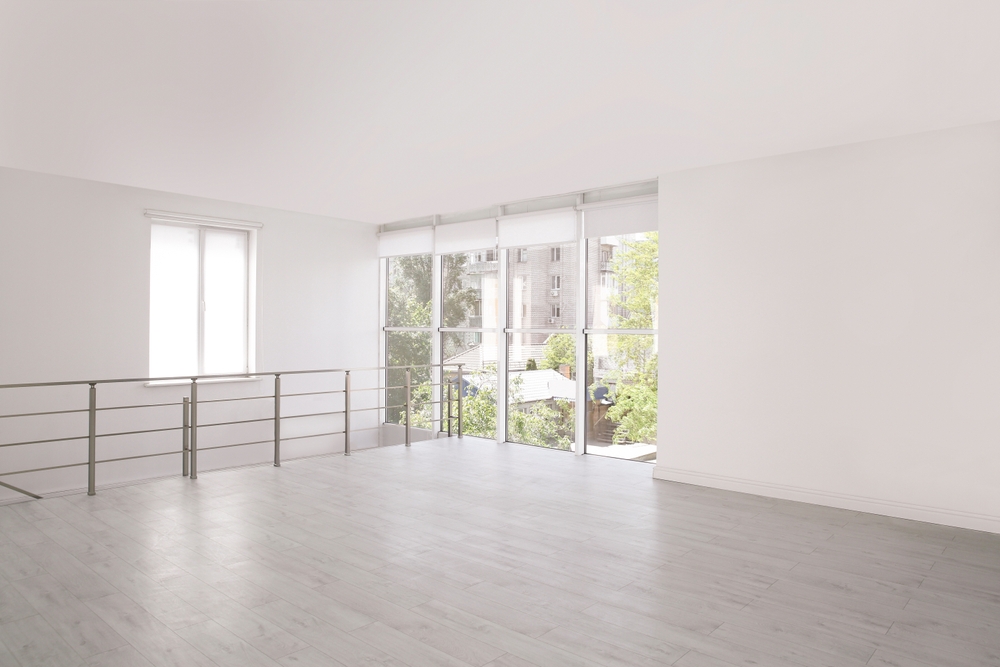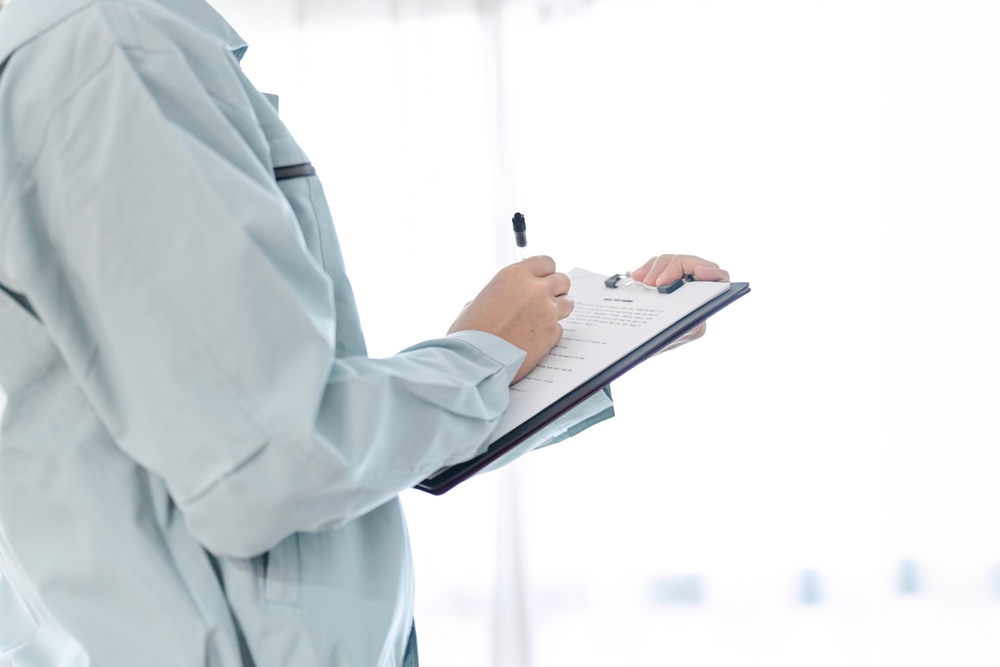June 26, 2024 - Benjamin Ehinger
Cleaning Up After a Restaurant Fire: Essential Steps for Recovery
CALL NOW 844-762-8449
A restaurant fire can be a devastating event, leaving behind damage that can seem overwhelming. It’s crucial to approach the cleanup process systematically, starting with assessing the extent of the damage caused by fire, smoke, and water. Ensuring the structure is safe and utilities are secure is a necessary first step before any cleanup efforts begin. The road to recovery involves meticulous planning and execution to restore your establishment to its former glory and resume operations as quickly and safely as possible.
Once the initial assessment is complete and it’s safe to enter your restaurant, the cleanup process begins. Removing debris, cleaning soot, and addressing water damage are essential tasks that need to be tackled. It’s important to understand the right materials and methods to use for different surfaces to avoid further damage. Additionally, odors from smoke can linger long after the fire has been extinguished, requiring thorough ventilation and deep cleaning of the premises.
 After a restaurant fire, enlisting professional restoration services is crucial for dealing with the aftermath, which often includes smoke damage, soot, and compromised fire suppression systems. Professionals have the know-how and specialized equipment to ensure the establishment is safe, clean, and ready for business as soon as possible.
After a restaurant fire, enlisting professional restoration services is crucial for dealing with the aftermath, which often includes smoke damage, soot, and compromised fire suppression systems. Professionals have the know-how and specialized equipment to ensure the establishment is safe, clean, and ready for business as soon as possible.
 After a fire, ensuring your restaurant is safely prepared for reopening involves a thorough inspection and a final bout of cleaning. This process checks that all safety measures are restored and the establishment adheres to health and building codes.
After a fire, ensuring your restaurant is safely prepared for reopening involves a thorough inspection and a final bout of cleaning. This process checks that all safety measures are restored and the establishment adheres to health and building codes.
Key Takeaways
- A methodical approach to cleanup is essential after restaurant fires.
- Addressing soot and smoke damage is a key part of the restoration process.
- Restoration and reopening require professional services and proper planning.
Fire Damage Assessment
After a restaurant fire, a precise and methodical approach is crucial in evaluating the impact on your property.Inspection of Structural Integrity
Your initial focus should be on inspecting the structural integrity of your restaurant. A team of professionals will carry out a detailed assessment to ensure that the building is safe and secure. They will closely examine critical load-bearing elements such as beams and columns for signs of compromise from fire or water used in dousing the flames. The inspection involves:- Visual Inspection: Identifying any visible charring or deformation.
- Material Assessment: Checking for damage to the internal structure that may not be immediately apparent.
Identifying Electrical and Appliance Safety
The safety of electrical equipment and appliances must be examined to prevent further property damage. This requires a thorough assessment of the electrical system, wiring, and any equipment that was exposed to high heat or water. Here are the key areas to consider:- Electrical Panels and Circuit Breakers: Check for any signs of damage, and test them for functionality.
- Kitchen Equipment: Look for any warping, melting, or other indicators that the equipment is no longer safe to use.
Initial Cleanup Procedures
After a restaurant fire, the initial cleanup is a crucial step to mitigate further damage. It is essential to address the debris, soot, and water that can contribute to mold and mildew growth.Removing Debris and Contaminants
You must first remove all debris and contaminants that the fire left behind. This includes any ash and soot which can be corrosive and may cause further damage to surfaces if not removed promptly. Here’s a basic list of steps for this process:- Assess the area: Wear protective gear including gloves, masks, and eyewear.
- Remove debris: Carefully clear out charred remains and any damaged equipment or furniture.
- Dispose properly: Discard items in accordance with local regulations concerning fire waste.
- Clean surfaces: Use soapy water and specialized cleaners to remove soot from all surfaces. For tougher stains on appliances and counters, consider using a mixture of vinegar and baking soda.
Water and Mold Mitigation
After a fire, water from firefighting efforts can lead to water damage. To mitigate this, you should:- Remove standing water: Use pumps or vacuums to extract water from the premises.
- Dry out affected areas: Employ fans, dehumidifiers, and increase ventilation to help dry out wet areas quickly.
- Inspect for mold: Look for signs of mold or mildew in damp locations. If you spot mold, use EPA-approved fungicides and follow the correct procedures for cleaning.
- Consult a professional: If water damage is extensive, it may be necessary to consult with water damage restoration professionals to ensure all moisture is removed, to prevent mold from setting in.
Professional Restoration Services
 After a restaurant fire, enlisting professional restoration services is crucial for dealing with the aftermath, which often includes smoke damage, soot, and compromised fire suppression systems. Professionals have the know-how and specialized equipment to ensure the establishment is safe, clean, and ready for business as soon as possible.
After a restaurant fire, enlisting professional restoration services is crucial for dealing with the aftermath, which often includes smoke damage, soot, and compromised fire suppression systems. Professionals have the know-how and specialized equipment to ensure the establishment is safe, clean, and ready for business as soon as possible.
Hiring a Restoration Company
When you’re looking to hire a restoration company, it’s essential to verify their credentials and experience. A reputable company will have:- Certifications: Look for organizations with industry-recognized endorsements.
- 24/7 Availability: Fire incidents are unpredictable—your chosen provider should offer around-the-clock service.
- Comprehensive Services: Ensure they have the capability to deal with all aspects of fire restoration, including addressing smoke damage and cleaning substances from a grease trap if necessary.
Fire Restoration Process
The fire restoration process typically involves a series of steps to return your restaurant to pre-fire conditions:- Inspection and Assessment: This determines the extent of the fire damage and outlines a plan of action.
- Boarding and Tarping: To prevent further damage, any exposed areas will be temporarily sealed.
- Water Removal: If water damage is present, typically from firefighting efforts, it will be promptly addressed to prevent mold growth.
- Soot and Smoke Removal: Specialized cleaning products and techniques are used to remove these residues from all surfaces.
- Cleaning and Sanitizing: All restorable items and structures will be cleaned. A professional company will also deodorize to remove odors.
- Restoration: This final phase involves repairs to the structure and could include minor repairs like painting or major repairs such as the reconstruction of entire areas.
Reconstruction and Renovation
After a devastating restaurant fire, the focus shifts to rebuilding and upgrading essential systems to ensure a safe and aesthetically pleasing environment. Reconstruction involves not just repairs, but also the implementation of new materials and technologies to enhance safety and efficiency. Upgrades of ventilation and exhaust systems are critical for compliance with fire safety standards, such as NFPA 96.Repairing and Replacing Materials
Your establishment’s ability to resume operations quickly depends on efficiently repairing and replacing damaged materials. Inspect all areas for damage and determine whether to repair or replace impacted components. For instance, if your seating or wall structures have suffered fire damage, you will need to assess the extent and decide if repairs will suffice or if reconstruction of those sections is necessary.- Structural elements like beams and pillars may need inspection by a structural engineer.
- Surfaces affected by heat and smoke require thorough cleaning, and in many cases, replacement.
- Install new smoke alarms to ensure ongoing safety compliance.
Ventilation and Exhaust System Upgrades
Your restaurant’s ventilation and exhaust system play a vital role in managing smoke, odors, and grease. Upgrading these systems can prevent future fire hazards.- Grease filters should be replaced with high-quality options that can trap more grease and reduce the risk of a grease fire.
- Ensure that your exhaust systems comply with NFPA 96 standards, which outline the proper ventilation control and fire-protection of cooking operations.
- Evaluate the efficiency of your current setup and consider incorporating more robust ventilation to effectively manage kitchen fumes and smoke.
Post-Cleanup Operations
 After a fire, ensuring your restaurant is safely prepared for reopening involves a thorough inspection and a final bout of cleaning. This process checks that all safety measures are restored and the establishment adheres to health and building codes.
After a fire, ensuring your restaurant is safely prepared for reopening involves a thorough inspection and a final bout of cleaning. This process checks that all safety measures are restored and the establishment adheres to health and building codes.
Safety Inspection and Approvals
Before your restaurant can serve guests again, a comprehensive safety inspection must be conducted by qualified professionals. This is crucial to certify that your establishment:- Complies with local fire and health regulations.
- Has all safety measures, including fire suppression systems, fully operational in your commercial kitchen.
- Meets all building codes, which might have been updated since your last inspection.
Final Cleaning and Reopening
Just before you announce your reopening, ensure that your final cleaning is meticulous. This involves:- Deep cleaning of all areas, especially those prone to grease buildup, to maintain a high standard of hygiene.
- Sanitizing equipment, surfaces, and dining areas to ensure a safe environment for serving food.
- Verifying that every part of your restaurant, from the commercial kitchen to the dining room, shines and is ready for both inspections and clients.
Frequently Asked Questions
After a fire in your restaurant, it’s natural to have numerous questions about the cleanup process.What are the initial steps to take for cleaning up after a restaurant fire?
Begin by contacting a professional fire damage restoration service as they have the expertise to handle the complexities of fire cleanup. It’s important to properly assess the extent of damage and to stabilize the structure, if necessary, to prevent any further harm. Also, consider getting a roll-off dumpster rental to allow you to easily toss out the damaged materials.What should be inspected in a building after a fire incident?
It’s crucial to thoroughly inspect the electrical system, gas lines, and structural integrity of the building. Special attention should be paid to the integrity of surfaces, load-bearing walls, and the condition of cooking equipment.How can you safely remove smoke residue from walls after a fire?
Smoke residue should be cleaned with products specifically designed to remove soot and smoke stains. Trained professionals often use techniques such as dry sponging and applying specialized cleaning agents to break down the residue without damaging the walls.What is the process for eliminating smoke odors from a property following a fire?
The process involves removing all sources of the odor, including debris and unsalvageable materials, followed by thorough cleaning of all surfaces. Professionals may use equipment like ozone generators or hydroxyl generators to neutralize airborne odors.Who can be contacted for assistance if a fire has occurred and there’s no insurance?
You can seek help from local community organizations, non-profits, or government assistance programs designed to aid in disaster recovery. Also, consider contacting a local fire damage restoration service for a payment plan or advice on possible public assistance.What guidelines should be followed to ensure safety during the cleanup post-fire?
Wear appropriate personal protective equipment, including gloves, masks, and durable clothing. Ensure good ventilation during the cleanup. Do not use electrical appliances until they have been checked for water and fire damage.RECENT BLOGS
Our Reviews
Tyler Floyd
1719520303
Incredible customer service, very informative
Natalie Davidson
1719440638
Heather provided the best customer service that I have received in a very long time. She was knowledgeable, informative without being pushy, friendly and efficient. I really appreciated all of her help.
glenda prowell
1719242299
Louiner made it easy to make arrangements to have a dumpster put in my driveway. He was able to answer all my questions and made the entire process simple.
Glenda Lanier Prowell
1719241850
I have ordered an 11 yard dumpster to be delivered to my house.Lonier was extremely helpful and answered all my questions. The rate was very reasonable.
debbie Craton
1718740650
Heather was SUPER friendly and worked with me to get me whst I needed.I am very glad I called Waste Removal
LATEST BLOGS

